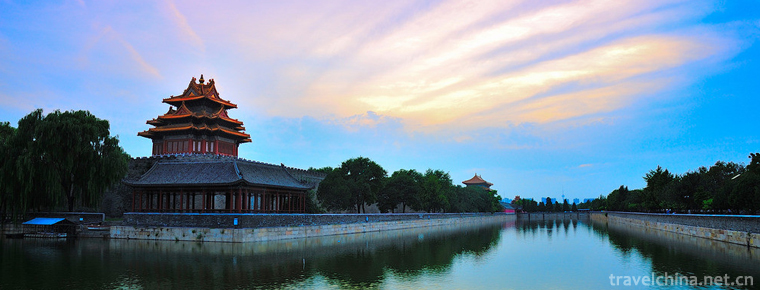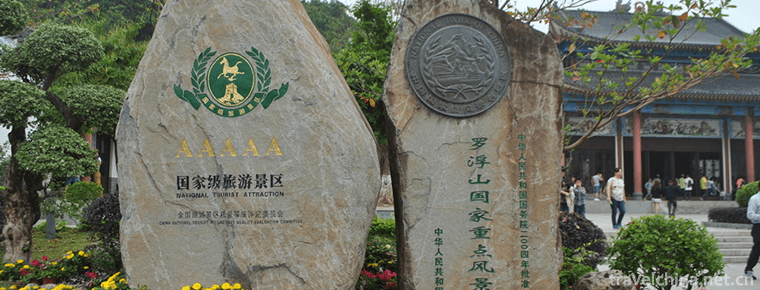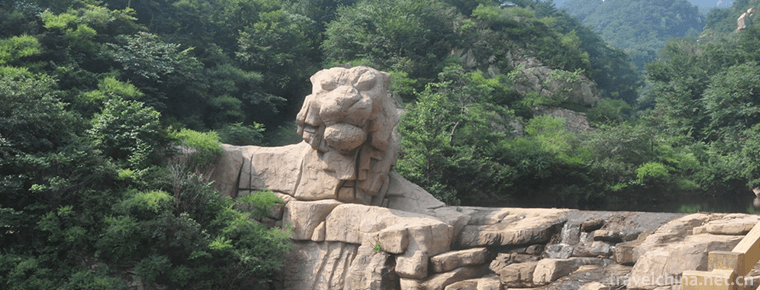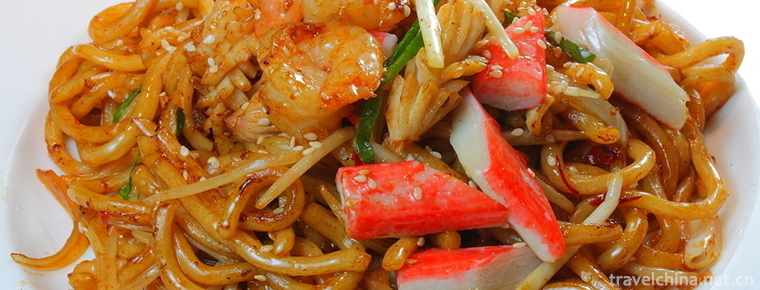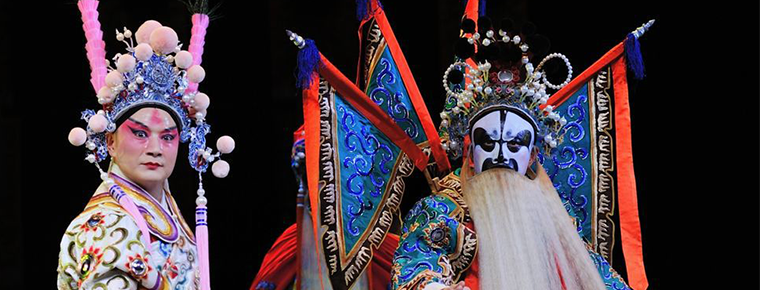Harmonic Qin
Harmonic Qin
In the history of Harmonious Qin, young men and women in Nima Township, Bango County, Naqu Prefecture, Tibet had a tradition of gathering to dance Harmonious Qin. Whether it was the end of farming or the holidays, herdsmen danced freely on the vast grasslands and let their boots strike echoes on the ground. It is a masterpiece of the fifth Panchen Chan in his childhood. Its performance forms are very rich. It uses various body languages and singing tunes to express the actions of sheep when they eat grass. It also compares them to beautiful things in life, such as flowers, plants and trees. It makes the dull sheep herding life lively, lively and interesting.
On June 7, 2008, Xieqin was listed in the second batch of national intangible cultural heritage list with the approval of the State Council.
Historical Evolution
Tubu Gatschin originated in 1855 , and was founded by the eighth Panchen Dan Beiwangqiu. It has a history of more than 150 years. Tubu Jiaqin is a combination of singing and dancing. "Harmony" in Tibetan means singing and dancing, while "Qin" means grand occasion or grandeur. Tubu Jiaqin is a folk song and dance performed on grand or grand celebration occasions, such as inviting living Buddhas and upper classes. Whether religious festivals or folk festivals, Harmonious Qin is an indispensable form of activity, and also a self-entertaining collective singing and dancing art with strong participation.
Tibetan culture and art has a long history. The vast territory, abundant resources and peculiar scenery of Shiga are a treasure land bred on the ancient and magnificent plateau land. Since ancient times, it has been a place where ethnic minorities live in large numbers. It has a rich accumulation of ethnic cultures because of the collision and blending of various cultures. The Xigaze area can be said to be the origin of Xiqin. Tubu Jiaqin was born and formed in the long-standing folk dances in the back Tibet area. With the wide spread of Tibetan Buddhist culture, Tubu Jiaqin inherited the form of local folk singing and dancing art, and was deeply influenced by multi-cultures, and produced variations. Tubugaqin originated in 1855 and was founded by the eighth Panchen Danbeiwangqiu. It is a kind of folk ceremonial dance with the accompaniment of the original singing, which is popular in Nanmulin County of Shigaze area.
Stylistic features
Singing and Dancing Situation
Ancient ritual forms of singing and dancing, which are popular in Lhasa, Shannan and Ali of Tibet, are often sung during grand festivals or ceremonies. The first and last songs are called "Harmonious Fruit" (introduction) and "Zhaxi" (auspicious). Each song and dance is composed of Adagio and adagio, or adagio, mid-board and adagio. The music is simple and enthusiastic. The lyrics include the origin of human beings, historical legends, praises and blessings, etc.
Performing Form
Harmonious Qin is an art form of singing and dancing performed in grand or grand celebrations. It has a long history, rich connotation, and strong local characteristics. This form of performance is very popular in Tibet, especially in Houzang. In the long process of inheritance and development, it has formed a singing and dancing performing art with unique local characteristics.
Inheritance Significance
Xieqin, also known as Xiejiuqin (meaning the tenth day of the Tibetan calendar), is said to have 25 lyrics written by the eighth Panchen Danbeiwangqiu. Tubugaqin was a kind of folk dance performed by Panchen Chan in the past dynasties when they went to Zhashlenbu Monastery in Xidi to hold grand greeting activities along the way. It is performed at a ceremonial event at a given time and place to wish good luck, good wishes, good weather and good harvest. It has unique local characteristics and performance style, rich lyrics, simple and honest melody, warm and orderly rhythm, and solemn and elegant performance form.


-
Taimu Mountains
Taimu Mountain is located in the northeast of Fujian Province. It is 45 kilometers south of Fuding City from the urban area..
Views: 190 Time 2018-12-08 -
Luofu Mountain Scenic Area
Luofu Mountain Scenic Area is a national AAAAA level scenic area. It is located on the Dongjiang River of Guangdong Province, 35 kilometers away from Boluo County, Huizhou City.
Views: 306 Time 2018-12-12 -
Drifting in Baotianbang Canyon
Baotianbang Canyon Drifting Scenic Area is located in Neixiang County, Nanyang City, Henan Province, which is an excellent tourist city in China. Baotianman is the only World Biosphere Reserve in Hena.
Views: 149 Time 2019-01-02 -
Huang Sha ancient ferry
The original eco-tourism scenic spot of Huangsha Gudu is one of the eight scenic spots of Ningxia in Ming and Qing Dynasties, including the national AAAA-level tourism scenic spot, the National Wetlan.
Views: 145 Time 2019-01-18 -
Saint Sophia Cathedral in Harbin
St. Sophia Church is located in Sophia Square, Daoli District, Harbin City, Heilongjiang Province, China. It is a Byzantine-style Orthodox Church built in 1907.
Views: 169 Time 2019-02-08 -
Lion Mountain Scenic Area
Lion Mountain Scenic Area is located in the east of Shaoshan Scenic Area, which is divided into Lion Mountain Scenic Area and Benbenling Scenic Area..
Views: 373 Time 2019-02-08 -
Fried Wudong with XO sauce
Ingredients: 2 packs of instant Wudong, 4 or 2 pieces of pork shreds (about 160g), 1/2 cups of onion shredded, celery shredded and carrot shredded, 1 egg, 4 tablespoons of XO sauce, 1 tablespoon of ra.
Views: 163 Time 2019-03-23 -
Anhui Opera
Hui Opera, one of the local operas in Anhui Province of China, originally known as "Hui Diao" and "Erhuang Diao", originated in the Ming Dynasty and was named Hui Opera after 1949..
Views: 184 Time 2019-05-04 -
Thousand Buddha Cliffside Sculptures
Qianfo cliff, located 4 kilometers north of Guangyuan City, on the East Bank of Jialing River and on the ancient Shu Road of Jinniu, has a long history and exquisite carving skills. The grottoes began in the late Northern Wei Dynasty, flourished in the Tang Dynasty and ended in the Qing Dynasty. After thousands of years.
Views: 340 Time 2020-11-08 -
How long does it take for Chengdu to get to the giant panda base
When you come to Chengdu, you must come and see the lovely giant panda. The nearest panda base to the city is the giant panda breeding research base. How long does it take from Chengdu to the giant panda base?.
Views: 62 Time 2020-12-13 -
Main scenic spots in Luzhou
Located in Luzhou city. It was built in the 18th year of Shaoxing in the Southern Song Dynasty (1148), in the year of Hongzhi of Ming Dynasty (1488-1505), in the 14th year of Guangxu of Qing Dynasty (1884) and in 1985, and has been well preserved. .
Views: 87 Time 2020-12-14
